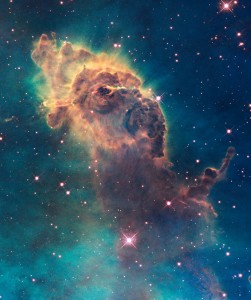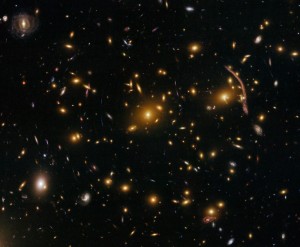
Figure 1 – NASA image of the “Jet in Carina” taken by the Hubble Space Telescope from the NASA Hubble Gallery Site.
The subject of robotic eyes and surveillance cameras seems very far from the subject of photography as art. But is that really so? I’m not going to give you the cliche’ argument that “art is in the eye of the beholder.” I’m going to answer very directly and say that yes it can be – and that in the end this fact may prove to be very profound.
You have to look no further than the Hubble images of deep space and the pictures coming back from the Mars Rover. Arguably, there is a human being choosing the object to be photographed and at some level editing the final image. Still the point is that these are clearly objects of beauty, which by virtue of robotic eyes, extend the limits of our own vision.

Figure 2 – This important image taken by the Hubble Space Telescope is a picture of the Galaxy Cluster Abell 370. The warped and distorted lines are galaxies the image of which are distorted by “gravitational lensing” of light by a black hole. This is direct proof of Einstein’s theory of General Relativity. Image from the NASA Hubble Gallery Site.
Take this a step further, and consider Ray Kurzweil‘s view, articulated in his book “The Singularity is Near,” that humans are becoming more and more bionic, that is machine-like. According to Kurzweil we are evolving towards an immortality as machines. It is, of course, a controversial opinion. Less controversial, however, is the view that as machine become more and more “artificially” intelligent, that is as they become more and more capable of intelligent decision, it becomes less and less justifiable to go to the expense of sending human beings into hostile environments like deep space.
Right now, we can marvel at the ability of human beings to control the eyes on the Hubble Telescope and reveal both the secrets of the universe and its beauty, or to move the Mars Rover to a new location and take both images and analyze soil samples on the red planet. It is sobering how far we have come in the hundred and seventy years since Daguerre and Draper took the first photographs of the moon. So, perhaps we should be a bit cautious about rejecting Kurweil’s view of our, not so distant, future.
